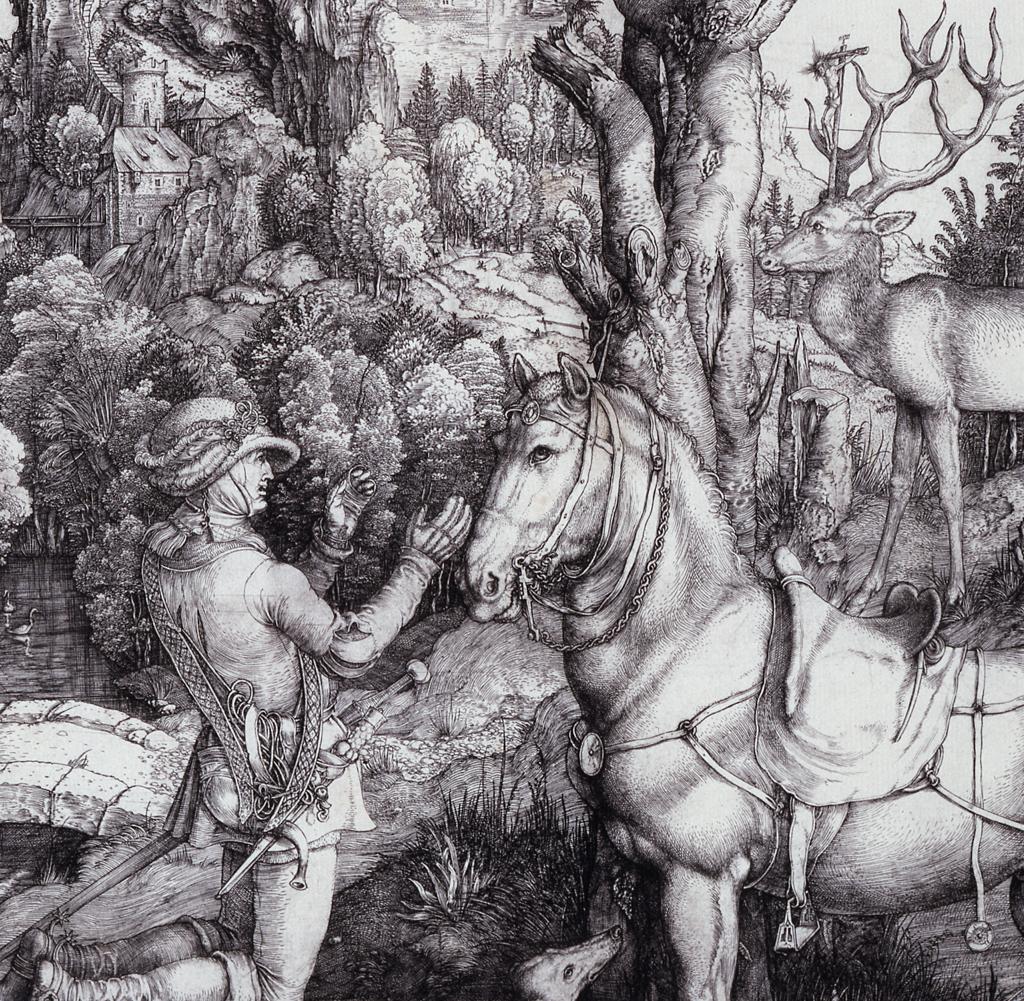Prints and the Dissemination of Artistic Designs
Dürer’s drawings most often consist of designs he observed firsthand, such as the dog he illustrated in A Dog Resting during his trip to the Netherlands. More than a mere preparatory sketch, this fine silverpoint drawing displays a superior level of technical intricacy. It is an appealing work that Dürer retained for himself, as is the case with the majority of his drawings. Unlike his prints, which he sold and traded in high numbers, his drawings are unique compositions.
Notwithstanding, when Dürer wanted to transcribe an original design onto a medium that could be disseminated widely, he certainly welcomed the opportunity. Prints are more mobile, more durable, and offer greater hands-on learning than drawings do, and being aware of these advantages, Dürer executed a woodcut of a rhinoceros based on his The Rhinoceros drawing. By transferring his rhino design onto a woodblock rather than a copperplate (this would have led to the production of engravings), Dürer could truly disseminate his representation of an exotic animal as far and wide as possible.
Artworks in all media have targeted audiences and Dürer conscientiously chose to convey the story of St. Eustace in the medium of engraving. As a meticulously detailed religious work produced on a large scale, fewer impressions of the St. Eustace engraving were created than of the The Rhinoceros woodcut (although the exact number of impressions made of either design remains unknown). The devotional image was not intended for the popular audience the rhino image targeted, and accordingly, the sharp, clean appearance of engraved lines suited its subject.
